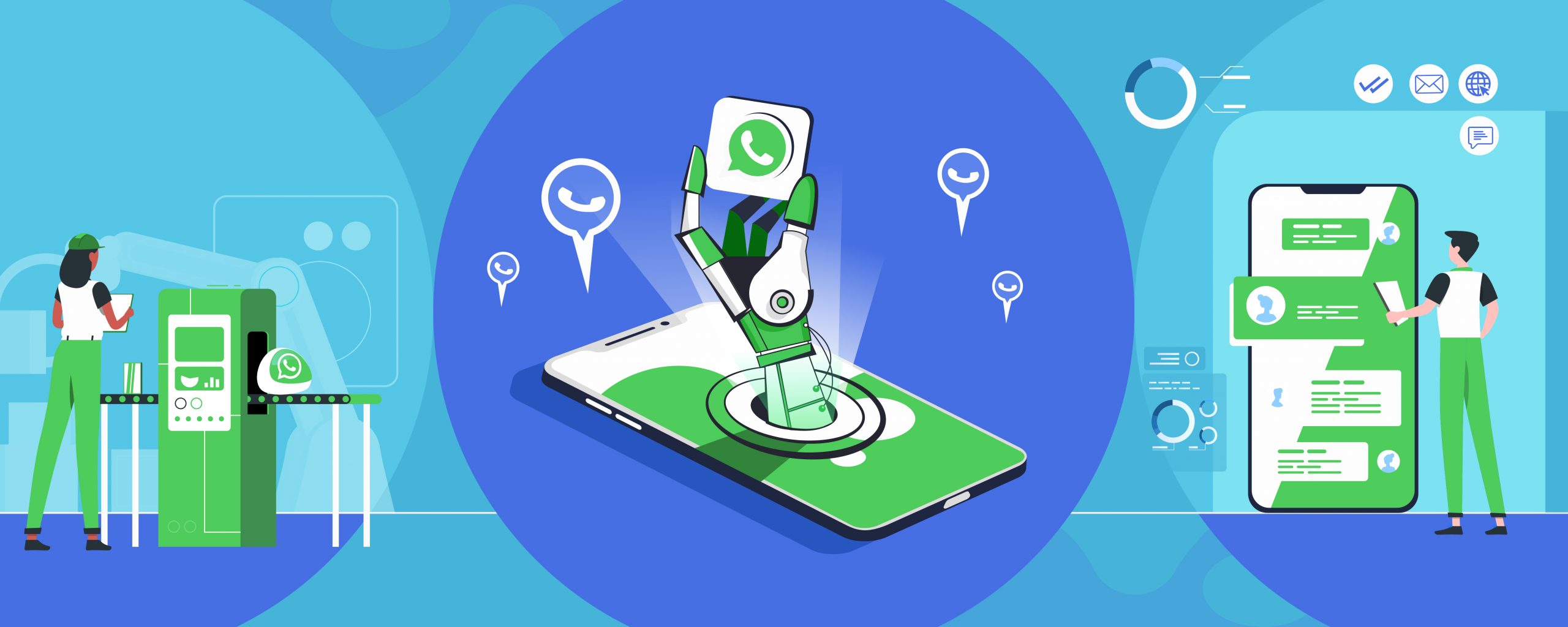Introduction
Instant messaging has long been a fixture of the consumer world. With the rise of apps like WhatsApp and Facebook Messenger, consumers have come to expect a personalized digital experience and instant access to service providers. Businesses are starting to catch up: they’re using instant messaging as a customer service platform, hiring third-party providers to help them get started with live chat, and even building their own apps that let people interact directly with brands. As this trend continues to grow in popularity and scale, we can expect an increasingly personalised future for business communications.
Instant messaging is on the rise.
Instant messaging is on the rise—and for good reason. It’s a way to communicate with people, connect with customers, and even collaborate with other businesses. In this article we’ll explore why instant messaging is so popular and how you can use it in your business to improve communications and customer service.
WhatsApp has some powerful business-focused features.
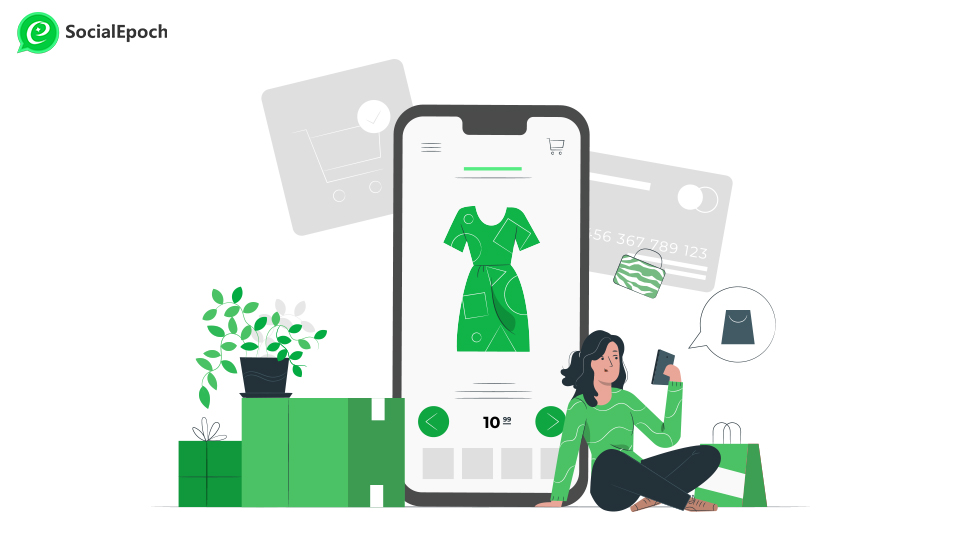
You can use WhatsApp Business to create a branded business profile that allows you to add a description of your company, links and images. You can also share this information with people who have requested it, so they know where they can find more information about you.
WhatsApp Business has an API (application program interface) that enables businesses to integrate the messaging platform into their existing systems and workflows. This API allows developers to build applications for companies using WhatsApp as part of their everyday operations.
WhatsApp Business Chat lets customers talk directly with businesses using text or voice calls on both platforms, making it easier for customers to get help from staff without having to wait on hold or navigate through multiple phone trees in order to find the correct department.
Businesses are using WhatsApp as a customer service platform.
While WhatsApp will never replace email as the king of business communications, it can be a powerful part of your integrated messaging strategy.
Here are some ways businesses are using WhatsApp to communicate with customers, prospects and partners:
- One-to-one customer service: WhatsApp is now one of the most popular methods for communicating with customers. Customers like that they don’t have to log in to an app or website — they can instantly text their questions and get answers quickly. Plus there’s no need to create an account first; anyone who has your number already has access to all your previous conversations at any time (please take note of this privacy concern).
- Group chats: Businesses often have groups within their existing social networks where they share information such as sales materials or product updates. For example, if you run a music festival that sells tickets online but also sell merch onsite at various locations throughout the city during the day before the event opens up its gates each evening (and everyone knows about this), then creating separate groups using different mediums may not work for you because those two types of audiences likely won’t overlap much—so instead consider using one platform such as WhatsApp where both groups will constantly interact without ever having met face-to-face!
Businesses are turning to third-party providers to access instant messaging’s potential.
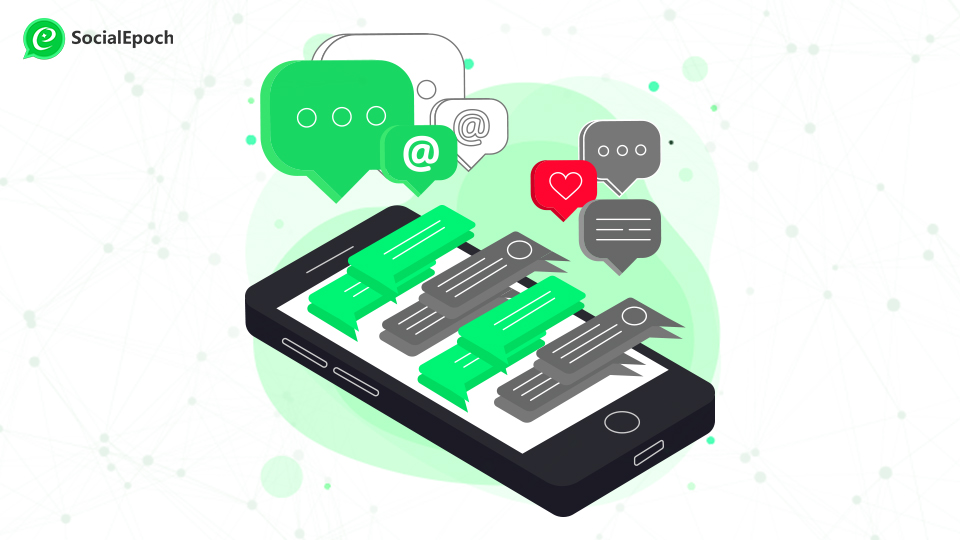
In a way, WhatsApp is a better fit for business than Facebook Messenger. It’s not as popular overall and has fewer features, but it does have the advantage of being owned by Facebook. That means that businesses can build on WhatsApp’s powerful customer service platform and infrastructure without having to worry about the privacy concerns that crop up with other social media platforms.
WhatsApp is also well-suited to B2B communications because of its strong encryption capabilities. Encryption makes messages unreadable if they’re intercepted by third parties—which might be useful in any situation where sensitive information needs protecting from competitors or hackers.
Consumers like to communicate via instant messaging.
For consumers, instant messaging is another way of communicating with businesses. They can message a company and receive a response when they need it. This is particularly important for companies who offer services such as customer support or technical support.
Consumers are more likely to use instant messaging if they are already using it. For example, if someone is already chatting with friends on Facebook Messenger, then they will feel more comfortable speaking with a business through that platform too.
The benefits of live chat go beyond customer support, though.
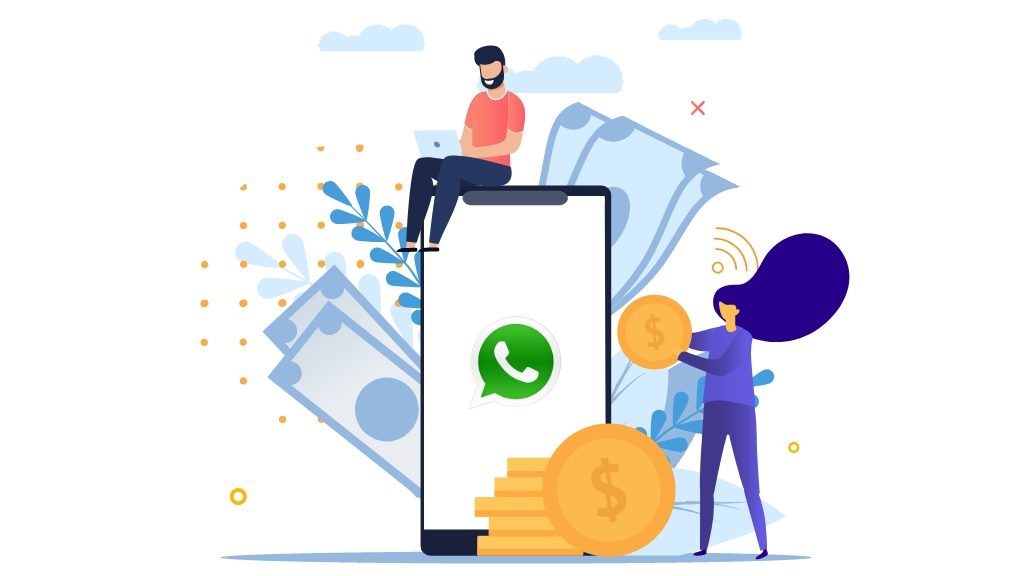
Live chat isn’t just about customer support. In fact, it can be used for a variety of purposes that go beyond simply responding to inquiries and complaints.
The best way to think about live chat is as a two-way communication channel between businesses and customers. Businesses can use this channel to promote their products or services, build relationships with customers, gather information about customers, and get feedback from them by asking questions or giving surveys.
The future is instantaneous and personalised.
- The future is instantaneous and personalised.
- The future is real-time and conversational. You can engage with your customers in a way that feels natural, rather than having to wait for an appointment or call them back later on the phone (or worse yet, sending them an email).
- The future is visual. Since instant messaging allows you to see people through photos, videos and emojis it gives you more ways to express yourself than ever before!
- The future is mobile – so no matter where you are or what device you’re using we’re always just one click away from speaking with each other directly via chatbots which means we’ll never miss important updates again since they will be delivered directly into our hands at exactly the right moment when we need them most!
Instant Messaging is the way forward for the business world
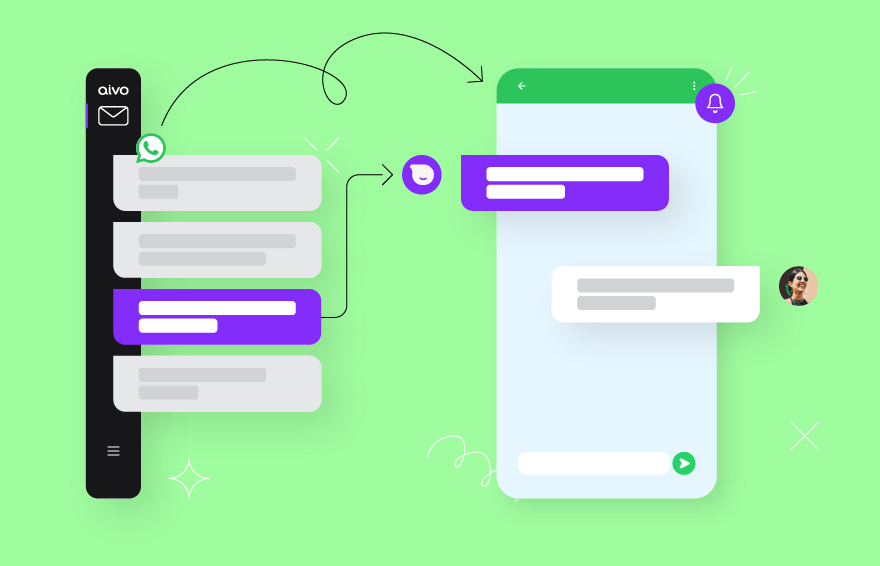
Implemented correctly, instant messaging is the way forward for the business world. It allows for quick and easy communication between multiple parties at a time, with little to no lag or other complications. This makes it an ideal solution for businesses that require real-time collaboration on projects or need to keep up with their employees’ schedules.
Conclusion
The rise of instant messaging is a huge trend that has already had a massive impact on how businesses communicate with their customers. Its growing popularity is due to the fact that it provides companies with an easy way to communicate with their audience, and its ease of use means that anyone can use it. This means that even small organisations have access to powerful tools like live chat, which offer huge benefits over traditional methods such as email correspondence in terms of time saved and improved customer service levels.
